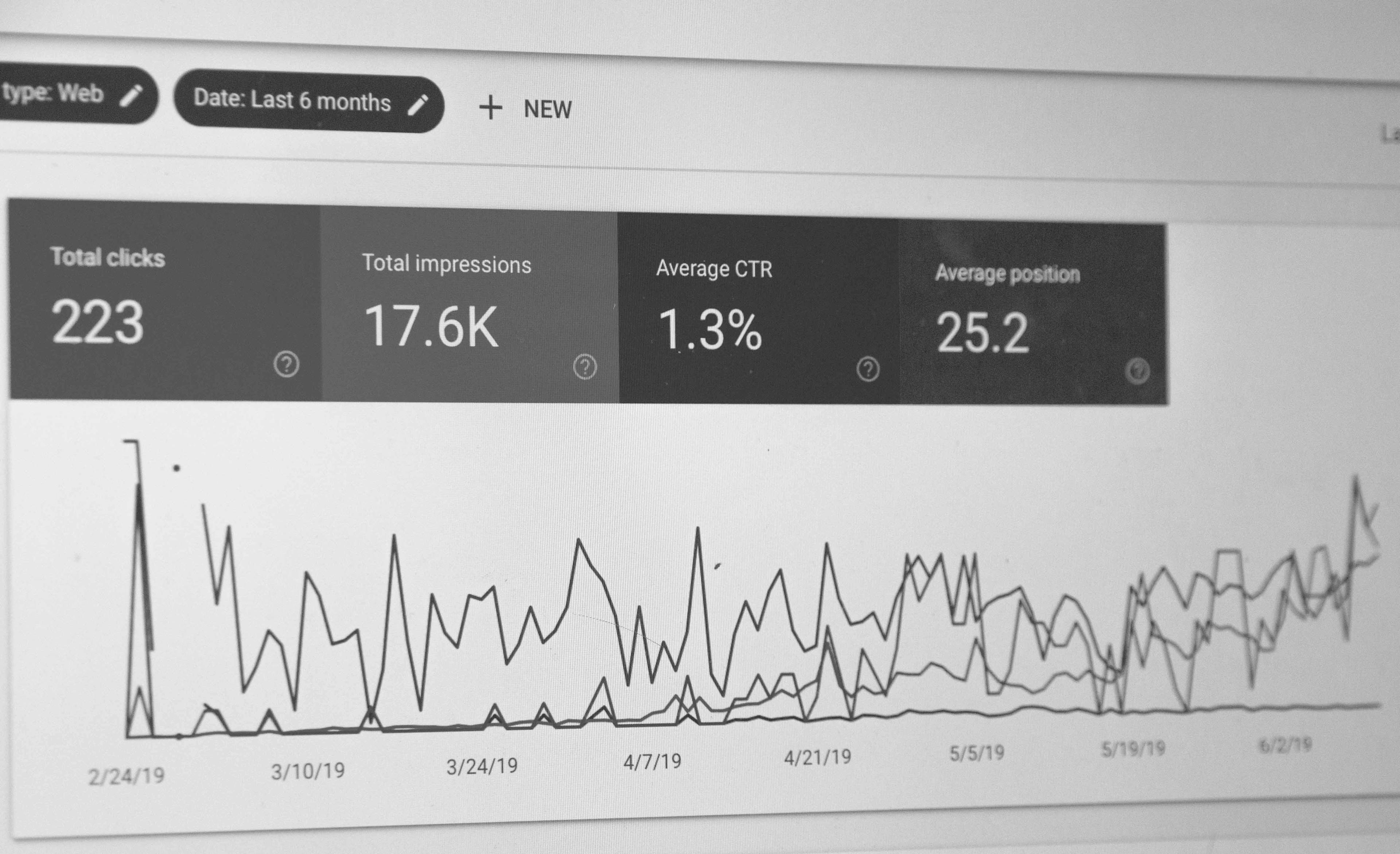Content as a Service (CaaS)

Headless content management systems and how are they changing the way we work.
Here at CORE, we have a broad range of experience with content management systems of all shapes and sizes, from the usual open source suspects such as Wordpress, Drupal and Joomla through to enterprise systems such as SiteCore and Kentico. We’ve also seen our fair share of bespoke solutions and even developed our own client-only CMS; Blokk. Over the last 15 years we’ve worked with the good, the bad and the ugly.
One of the reasons we enjoy working with web technologies so much is because of the constant change, new thinking and new tools - there’s never a dull day. And, right now for us, one of the exciting things we are working on is our new approach to content management systems and content management solutions for our clients.
In this article we are going to introduce the key concepts and big ideas behind CaaS (Content as a Service), sometimes referred to as a Headless CMS, and how we see them shaping the future of our work here at CORE.
So, what is Content as a Service?
Content as a Service (CaaS) is when content components are independently set aside from the development of a website (in terms of the technological build process). In more traditional CMS platforms, the backend and the frontend of the website are glued together. A Headless CMS (sometimes known as a decoupled CMS) enables us to consider the elements independently and separate the front end (whatever type of application it may be: Rails, flat HTML / CSS, React, PHP) from the content management system, or, more accurately, the content as service system.
Via a CaaS system, the authoring and editing of content is a standalone feature. The Headless CMS is not in charge of business logic, delivering website services (such as form processing) or any element of the user experience (outside of content). Neither does it touch how the content will be delivered or presented to the end user, it simply delivers the content via API’s (Application Programing Interface) - a method with which other applications and technologies can consume the content.
Although CaaS has been around for some time, Headless CMS platforms are an emerging theme in a modern web development workflow with more and more companies taking this step into a decoupled mindset.
By far the most attractive and powerful features of adopting this method of working include:
- By separating content systems from presentation systems both time and money can be saved.
- Content for a range of websites / services can be managed from one location (e.g. a dedicated mobile application, a website and an email marketing campaign).
- Content can be created to adapt to multiple frontend applications depending where the user is throughout their customer journey.
- The possibility to give content authors and editors custom views and workflows built around their needs.
Content as a Service providers: Our current favourites
There are quite a few providers in the Headless CMS space and new ones are emerging. Our two current favorites are Contentful and Prismic. Here are a few standout features:
Contentful features
- Rich editor interface.
- Define your own, unique content model that’s tailored to your project.
- Create reusable content.
- Host and manage all of your assets in one place, and update files without breaking public links.
- Multiple API keys allows you to limit the content access by either device or environment type.
- Built in Markdown editor allows for faster writing and wider publishing.
- With secure previews, drafts and completed entries can be previewed without worrying about leaks or disruptions.
- Teams can work with the externally-hosted content directly in the web app.
- Ability to work on multiple projects.
Prismic features
- Group changes into scheduled releases.
- Preview changes on the website or app before publishing.
- Ability to track all site modifications and discover who made each change.
- Improved writing experience.
- Ability to localise your content and go global with native support and translation workflows.
- Editors have the freedom to create components while the design and front end development remains consistent.
- Custom Content Modeling features including a powerful ‘drag and drop’ content model builder.
- Allows for publishing to any platform, design, programming language or framework.
Stay tuned
As we’ve said, this is an area we are excited to explore further and we’ll be doing a more in-depth analysis of Headless CMS including code examples in forthcoming posts. So check back soon and follow us on Twitter to get notifications of future posts.


